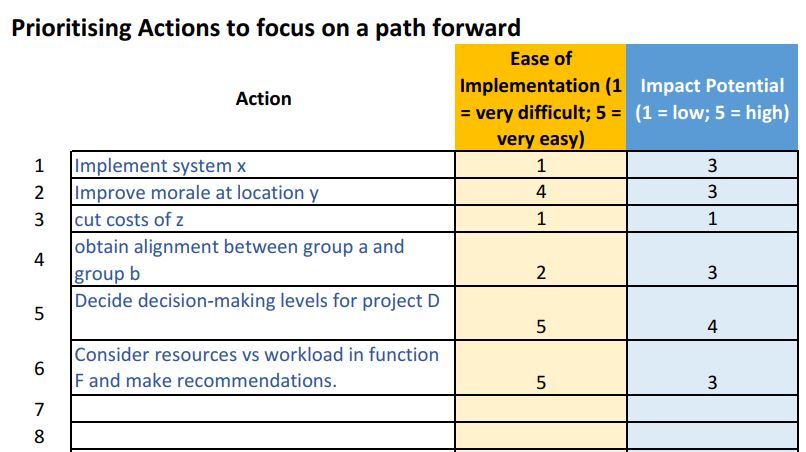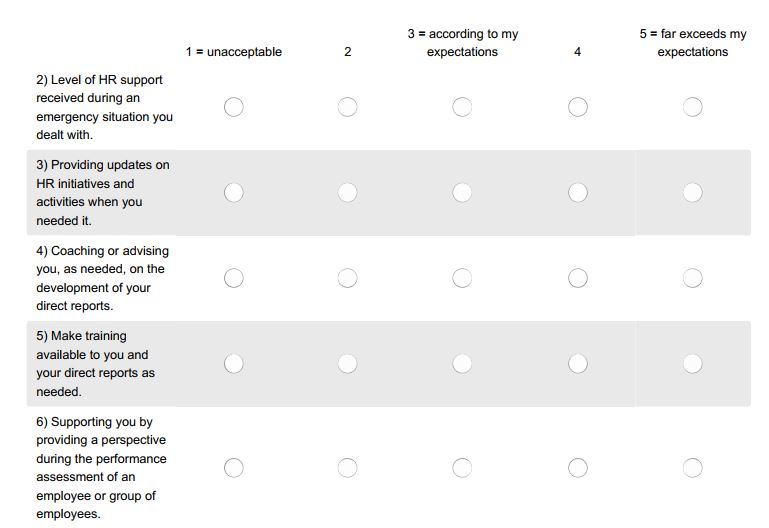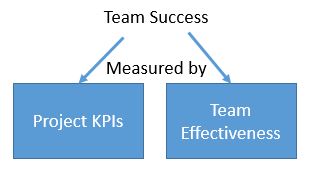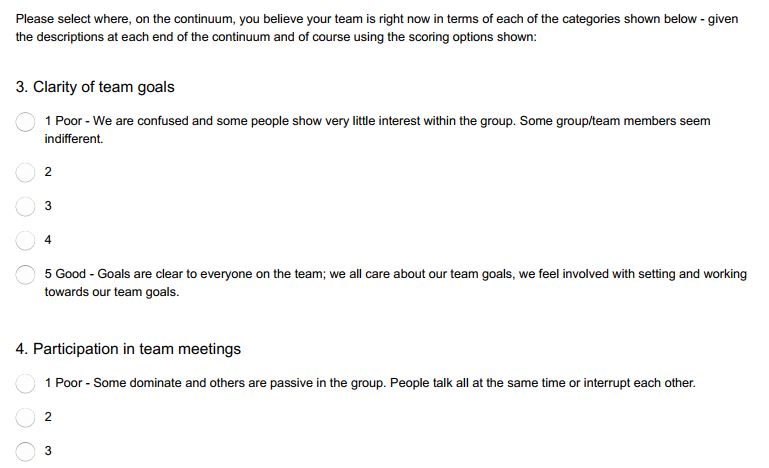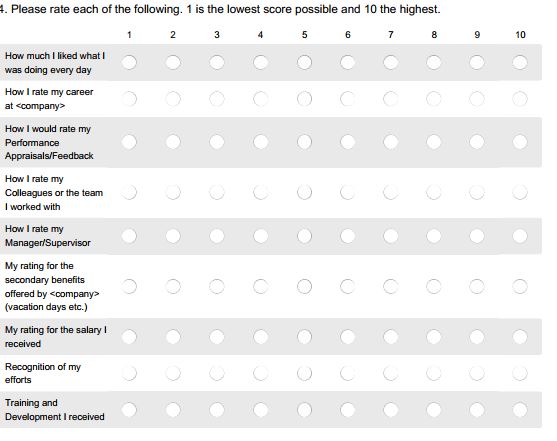
It is easy to think “I will just create a quick survey for that” and then go off and email a link out to a group of people to collect responses. Looking at the big picture perspective, firstly be clear on your overall survey objectives and how you will use the input you receive.
Once you have defined that, take a few more minutes to think through 5 key aspects of launching a survey before you proceed:
- What exactly is the message?
- The platform you plan to use
- CHECK the text
- The intro matters
- The thank you
The message
Launching a survey is a message too
(It says: I want to know, I value your opinion, I am listening, Tell me what you think)
Take the time to write down all the messages about the survey that intended participants need to know. What do other stakeholders need to know – think of managers who may need to help you communicate to their groups about the survey. What do you need to make sure they know about it before your launch date?
People need to know what the survey is for and why it is important. What is this survey linked to and how do you hope to use the input to drive decision-making?
When can they expect the survey to be open and how will they access it? Link via email or QR codes around the building/email or will it be an app on their mobile devices?
Will you be emailing out the announcement of the survey or is there a communication plan that is much broader than the survey? Perhaps some messages will be on social media or notice boards? If you need to make a communication plan, this template can help:
Be sure to share this information with intended survey participants when you map out your communication messages:
- This survey is coming on (date)
- The reason we do this is (….)
- What we hope to review/change/update/introduce as a result of this survey is (…)
- Why we are asking for your input is (…..)
- It will only take (…..) minutes of your time to complete
- We will let you know about the results (time) and (how/where)
- How will you protect their privacy and if the survey contains sensitive information – who will see it and how long will you maintain the data before destroying it?
- Can they participate anonymously?
The platform
There are various survey platforms available these days – some are free, and others are not. In general, those with paying options come with additional features such as help to analyse your data, automatic graphic creations for communicating your survey results, text analysis options etc.
Whichever platform you choose to use, test it first. Create a quick survey and send out the link to some trusted colleagues or to yourself to see how it displays. Can you access the survey using the link without any firewalls or other error screens interfering with ease of access? Is it easy to complete the survey online? Is there a phone app for it? How well does the phone app work?
Also look at the reports you can get from the platform. To what degree does the platform offer you some level of analysis as a download? Can you download a spreadsheet which you then need to analyse yourself to create a presentation or a report? Knowing what remains for you to do is an important consideration in choosing the right platform for the survey.
Check the text

Make sure you have read each sentence out aloud. Missing words or repeated words can be overlooked when you just glance through your survey. Reading it out loud – word for word – often highlights areas that may need to be reworded or corrected. Answer these questions about your survey wording:
- Do the instructions make sense? If I ask other people how they would interpret the instructions you plan to use, would they know what to do next?
- Is each question or statement to be rated constructed in a simple way to avoid confused answers? i.e. do not ask about more than one thing at the same time such as “do you think it was easy to do and did you like the fun tests we handed out at cafeteria last week?” In this case your results could be hard to interpret. If the final scores are low, was it because people thought it was NOT easy or was it because they did NOT like it? Or was it both?
- If the platform has a spell check function, use it. If it does not, copy and paste the text into a document where you are able to check spelling before you proceed to launch the survey
The intro matters
Even if you did a great job at communicating about the survey in your communication plan activities and presentation messages, people may not have seen or heard all of your early messages. Tell them the highlights in the introduction section of the survey: (after the survey title and before you start with your questions or statements to rate etc).
Intro points:
- What it is FOR?
- Why are THEY asked for input?
- What will you DO with the information obtained?
- Is it anonymous or will you be telling others what they said in the survey?
- By WHEN do you expect their response to have been completed after which you will close the survey?
- HOW LONG is it likely to take participants to complete the survey?
Say thank you
When people answer your surveys, they are prioritizing your request given other tasks that lie before them. They are making time out of often busy days to provide you with feedback. A simple thank you message can go a long way to ensure people are open to respond to future survey participation requests.
And while you are saying thank you, it may be an idea to provide a link to a website to visit if they want to find out more, volunteer or whatever other actions you would like them to take after completing the survey.

Surveys are so easy to create these days and the need to collect recent data and employee feedback is becoming more mainstream in companies than in previous decades. The annual employee survey is no longer the only way that change managers and management obtain feedback. Surveys can be a powerful feedback tool and yet, they can also create confusion and frustration if they are not communicated and launched with some forethought and planning.









